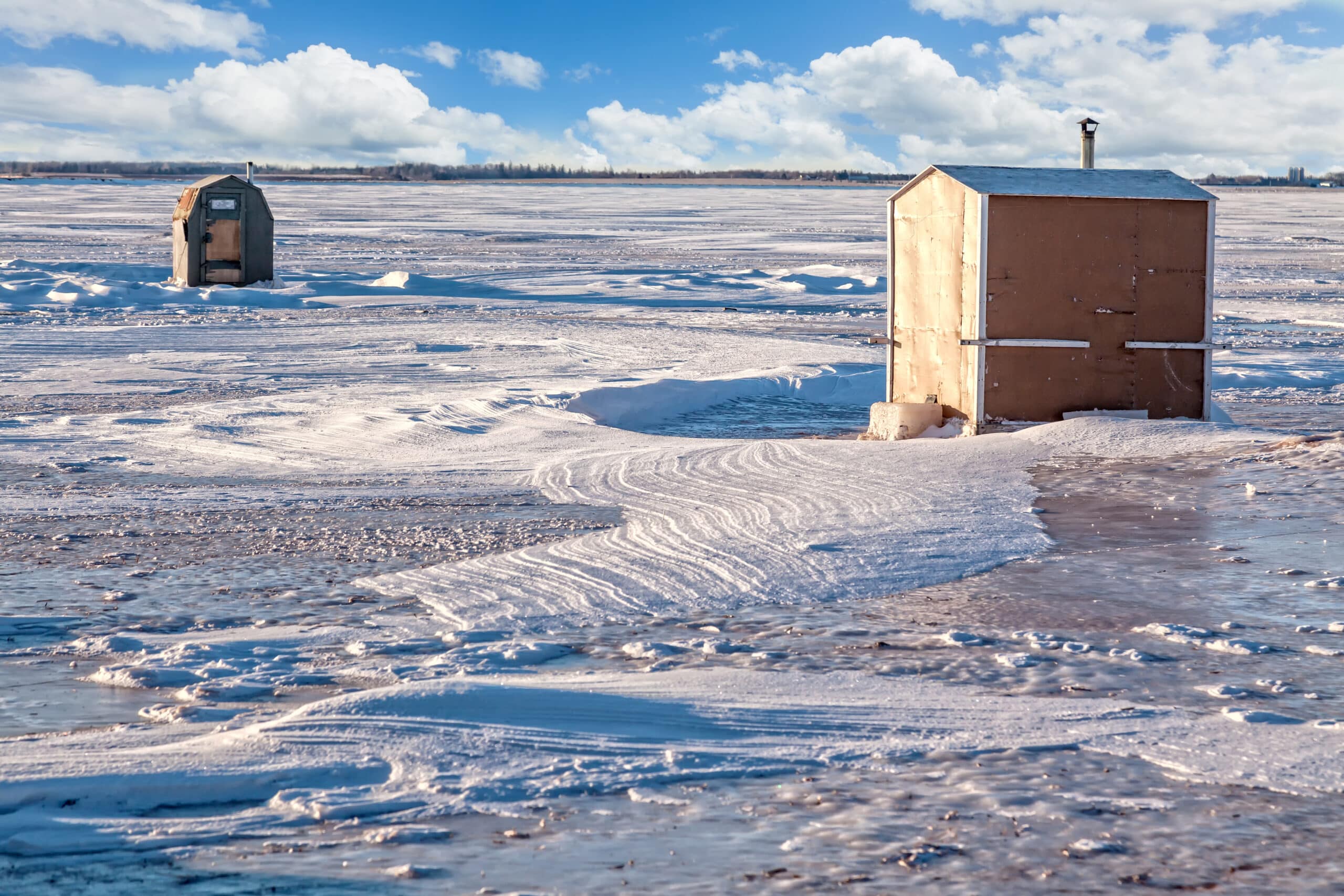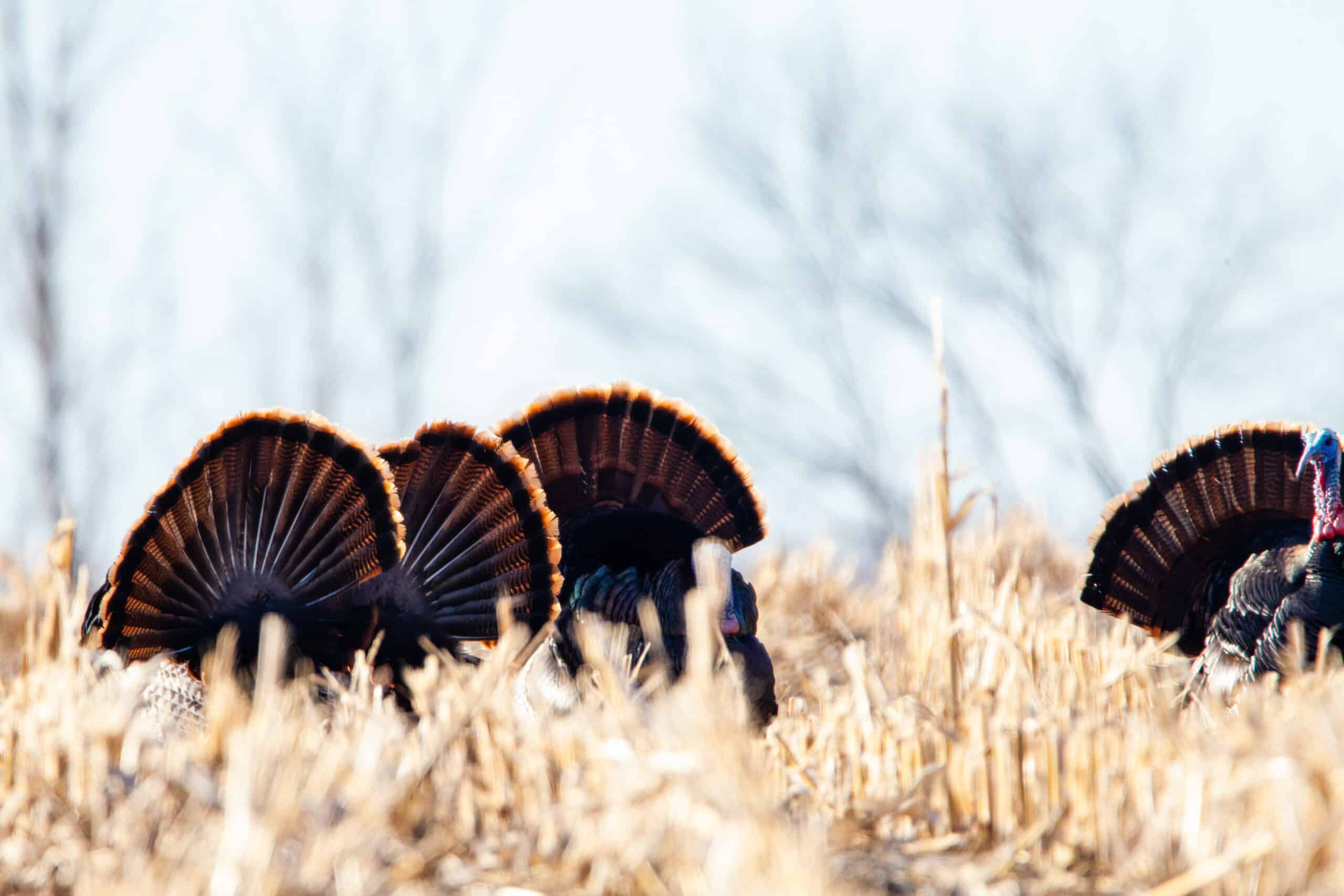Duck Hunting: Foolproof Techniques for Marshes and Wetlands in Canada
Duck Hunting: Foolproof Techniques for Marshes and Wetlands in Canada
Hey you! Yes, you, the hunting enthusiast or the one dreaming of becoming one. Whether you’re a marsh pro or a curious beginner, we’re here together to dive into a topic that smells of mud, soaked boots, and chilly early mornings: duck hunting in Canada’s marshes and wetlands. It’s a true adventure combining strategy, patience, and a healthy dose of fun in the great outdoors. Ready to dive in? Put on your boots and waterproof jacket, because we’re getting wet—literally!
Why Hunt in Canadian Marshes?
Canada’s marshes and wetlands are a paradise for duck hunters. These natural habitats are rich in food and perfect hiding spots for migratory birds, making them prime hunting grounds. But beware, hunting in these environments requires proper preparation and adapted techniques. You don’t become a marsh master without a little know-how. That’s what we’ll explore together.
Essential Techniques for Mastering the Marshes
1. Choosing the Right Gear: A Pro’s Priority
A good hunter knows that gear can make all the difference. Here’s a list of essentials to maximize your chances:
- Appropriate Guns and Ammunition: Opt for a 12ga shotgun like those available here. This caliber offers ideal power for ducks.
- Manual Calls: Duck calls are a must-have for attracting birds. Check out the best models here.
- Waterproof Clothing: Weather in the marshes can be unpredictable. Invest in durable gear like what you’ll find here.
- Sturdy Boots: Nothing’s worse than wet feet. Check out the best hunting boots.
2. Camouflage and Stealth: Blending into the Environment
In the marshes, camouflage is crucial. Use tarps and burlap to create natural blinds. You can find reliable options here. Remember, ducks have excellent vision, so avoid sudden movements.
Hunting Strategies That Work
1. Decoys and Calls
A good decoy arrangement can transform your hunting session. Arrange them in natural formations like “J” or “V” shapes to mimic a resting duck group. Combine this with varied calls for maximum effect.
2. Silent Approach
One key in the marsh is to stay as quiet as possible. Take your time positioning yourself, especially if you’re using a kayak or small boat. Marshes easily echo, so even whispering among friends is essential!
Safety First: Proper Preparation
As fascinating as marshes are, they can be dangerous. Here are some precautions:
- Waterproof Bag: Keep your belongings dry with a model like the Dry Duffle Red.
- Navigation: Familiarize yourself with the area. A map or GPS can save you from a lot of trouble.
- Emergency Kit: A first-aid kit and headlamp are must-haves.
Common Mistakes and How to Avoid Them
Even the best hunters make mistakes. Here are some pitfalls to avoid:
- Improper Decoy Placement: This can scare ducks away instead of attracting them.
- Forgetting the Weather: Always check conditions before heading out. Rain can turn a marsh into a real trap.
- Underestimating the Wind: Position yourself so the wind works in your favor to surprise the birds.
FAQ: Everything You Need to Know About Duck Hunting
1. When is the best time to hunt ducks in Canada?
The ideal season depends on your region, but generally, fall migration is the most promising time. Always check local regulations before heading out.
2. Do decoys really work?
Absolutely! Properly placed and combined with realistic calls, they can attract many birds.
3. What are the best habitats for finding ducks?
Marshes, shallow bays, and wetlands with dense vegetation are perfect. Ducks find food and protection there.
4. What safety rules should I follow?
Always handle your firearm carefully, inform someone about your trip, and wear clothing suited to the conditions.
5. What minimal equipment do you recommend for a beginner?
A 12ga shotgun, a few decoys, waterproof clothing, and sturdy boots. Add a duck call to maximize your chances.
Ready to Dominate the Marshes?
Duck hunting in Canada’s marshes is a unique experience blending strategy, patience, and a love for nature. With the right techniques and proper gear, you’re ready to turn your outings into real successes. Need help completing your arsenal? Visit the Boutique Coureur des Bois to find everything you need.
So, what are you waiting for? Duck season won’t last forever, and the marshes are calling. Happy hunting!
Thank you for taking the time to read this blog!
Join us on Facebook and Instagram, where we regularly share content and promotions!
For any questions, contact us at info@boutiquecoureurdesbois.ca.
Visit our online store to explore all our products.











